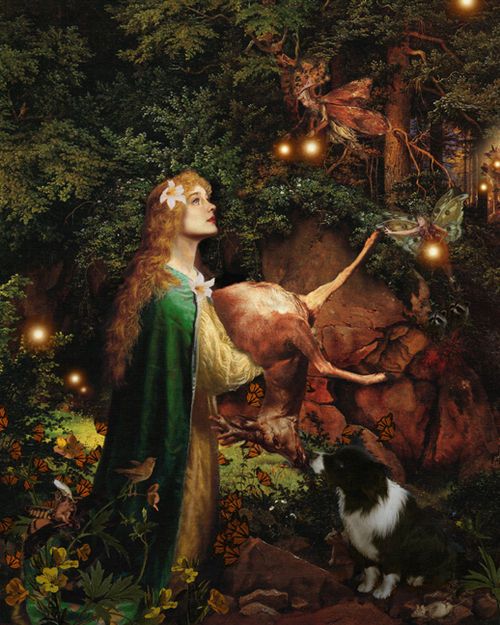In North America, there’s a weather lore saying that goes like this:
Red sky at night, sailor’s delight,
Red sky at morning, sailors take warning.
That goes back to before the invention of the barometer. Sailors, farmers and others needed to predict the weather to do their job well and they developed ways to make predictions.
The red hue of the sky at sunrise or sunset does give a relatively accurate prediction of the weather ahead. Why is there a red sky? It is the result of the scattering of sunlight into its different wavelengths on the underside of clouds. The green, blue and violet wavelengths are lost leaving the red wavelengths to illuminate the sky.
Of course, these generalizations vary widely if you are on the ocean or on the shore or in the middle of the country far from the ocean. A red sky at night results from the light of the setting sun in the west scattering off clouds that are moving away to the east and should mean good weather ahead.
A red sky in the morning results from the light of a rising sun in the east scattering off clouds that are moving from the west (at sea, probably having accumulated moisture from their journey across the ocean), so rain is ahead.
Not all countries have that exact saying.
In Great Britain and Ireland, they say:
Red sky at night, shepherd’s delight,
Red sky in morning, fisherman’s warning.
In Denmark and Norway, it is:
Morgenrode gir dage blode.
Kveldsrode gir dage sode.
which translates to “Morning red gives wet days, Evening red gives sweet days”:
The Italian variation, which translates to “Red at night, good weather is hoped, red in the morning bad weather approaches” goes as:
Rosso di sera, bel tempo si spera,
rosso di mattina mal tempo si avvicina.
A French variation, which translates to “Red at night, great hope, Red in the morning, rain on the way,” goes:
Rouge le soir, bel espoir,
Rouge le matin, de la pluie en chemin.

